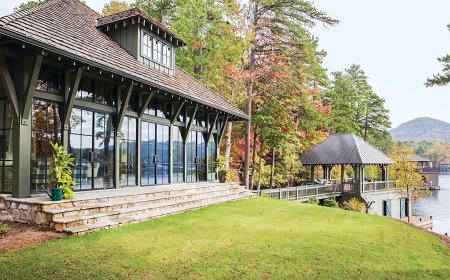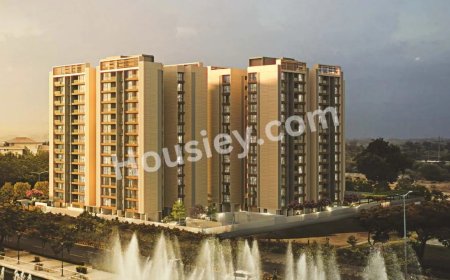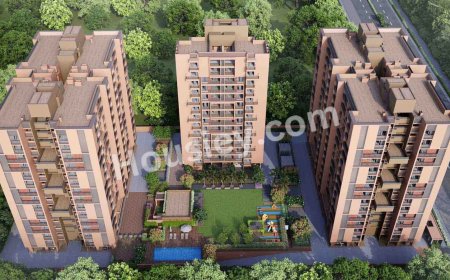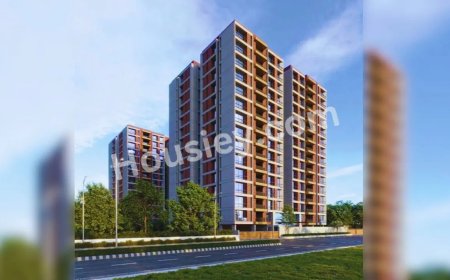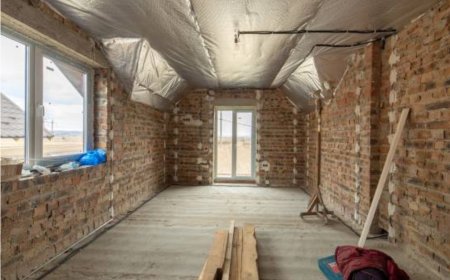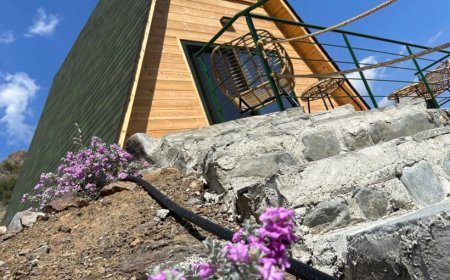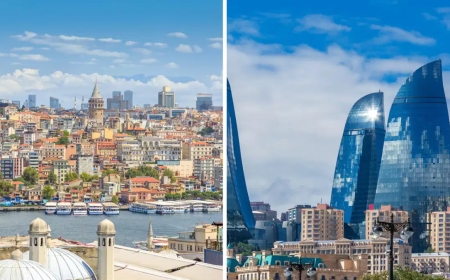Old Meets New: A Cultural Walk Through Delhi’s Past and Present
Helpful travel tips for first-time visitors on a Delhi sightseeing tour, covering planning, safety, dress code, transportation, and cultural etiquette for a smooth and enjoyable trip.

Delhi is a city where time bends, where emperors once walked and where modern India moves forward with unshakable energy. If you wish to understand the soul of India, then Delhispecifically its rich blend of Old and Newis where your journey must begin. A cultural walk through Delhis past and present is not just about monuments and markets; it is about the way history and modernity embrace each other, every single day.
The capital of India is layered with stories from centuries ago, yet wrapped in the sharp architecture and fast pace of the present. This contrast makes Delhi more than just a city; it becomes an evolving museum, open to all who walk through it.
Stepping into Old Delhi: The Walled City of Wonder
As you begin your full day old and new Delhi city tour journey through Old Delhi, you immediately feel the weight of history. Built in the 17th century by the Mughal emperor Shah Jahan, this part of the city still lives and breathes in its own rhythm. The narrow alleys, the dense aroma of spices, the sound of azaan echoing from minarets, and the vibrant chatter of shoppers transport you back to a time when royal processions passed through these streets.
One of the first stops is Jama Masjid, one of the largest mosques in India. The mosque is not just a place of prayer but a cornerstone of Delhis Islamic heritage. A few steps away lies Chandni Chowk, the iconic marketplace that still bustles like it did centuries ago. Traders sell fabrics, jewelry, electronics, and of course, some of the best street food youll find anywhere in India.
Old Delhi is chaotic, yes. But it is also poetic. Every wall has seen empires rise and fall. Every turn tells a tale. Walking through this side of Delhi is like flipping through the pages of a living, breathing history book.
Crossing Over into New Delhi: A Breath of Elegance and Modernity
Once you leave the hustle of Old Delhi behind, New Delhi welcomes you with open boulevards, orderly gardens, and stunning colonial-era architecture. The transition is almost surreal. This part of the city was designed by British architect Edwin Lutyens in the early 20th century, and it still showcases a more organized and refined version of Indias capital.
India Gate stands tall, surrounded by green lawns, acting as a tribute to Indian soldiers who laid down their lives in the First World War. Just a drive away, the Rashtrapati Bhavanofficial residence of the President of Indiadisplays British imperial architecture fused with Indian elements. The Parliament House nearby stands as a symbol of modern Indias democratic structure.
New Delhi also holds architectural marvels that echo the old world while embracing new ideas. Humayuns Tomb, a precursor to the Taj Mahal, offers Mughal grandeur surrounded by Persian-style gardens. The Lotus Temple, on the other hand, represents modern spirituality and unity, welcoming people of all religions. Together, these sites show how Delhis identity is built on layers that complement one another rather than compete.
Cultural Contrasts That Enrich the City
The real magic of Delhi lies not just in its monuments but in the people, rituals, and moments that fill the spaces between. In Old Delhi, a morning might begin with the call to prayer and end with a crowded langar at a Sikh Gurudwara. In New Delhi, mornings might begin with yoga in Lodhi Garden and end with coffee in a sleek rooftop caf overlooking the skyline.
The diversity in languages, clothing, food, and traditions is perhaps what binds both parts of the city together. Where Old Delhi clings proudly to its traditions, New Delhi adopts trends but never forgets its cultural roots. You can experience a traditional wedding procession in Chandni Chowk and attend a contemporary art exhibition in Khan Market, all in the same day.
This cultural walk is not just about appreciating what once was and what now isits about understanding how both continue to define what Delhi will become.
A Journey Best Taken on Foot (or by Rickshaw)
To fully absorb the richness of this cultural walk, one must walkor at least, get as close to street level as possible. Rickshaw rides in Old Delhi allow you to move slowly through its maze-like lanes, giving you time to observe and absorb. In New Delhi, walking through areas like Connaught Place or Lodhi Art District allows you to experience public spaces reimagined by artists and architects.
Guided walking tours are becoming increasingly popular, especially among travelers who want more than just sightseeingthey want to feel the citys pulse. Whether its listening to Sufi music at Nizamuddin Dargah or watching school kids feed pigeons at India Gate, its the little, unscripted moments that stay with you long after the tour ends.
Why This Walk Matters More Than Ever
In a world rushing forward, the connection between heritage and innovation becomes fragile. Cities that honor both are rare. Delhi does this without effort. It doesnt try to hide its past or mask its present. Instead, it offers you both with honesty and pride.
This cultural walk through Delhi is not just for tourists. Its a reminder for locals toothat even in a rapidly changing world, identity is not built by abandoning the old or resisting the new. It is built by weaving them together.
Final Thoughts
Delhi is not just a city you visit; it's a city you feel. A New Delhi City tour full-day walk from its ancient mosques and bazaars to its presidential avenues and peaceful gardens will show you why Delhi is one of the few places in the world where old meets new so gracefully. The contrasts are bold, but they are not in conflictthey are in conversation.
And once youve walked that path, you'll realize you're not just observing Delhis history and progressyoure becoming a part of it.




















